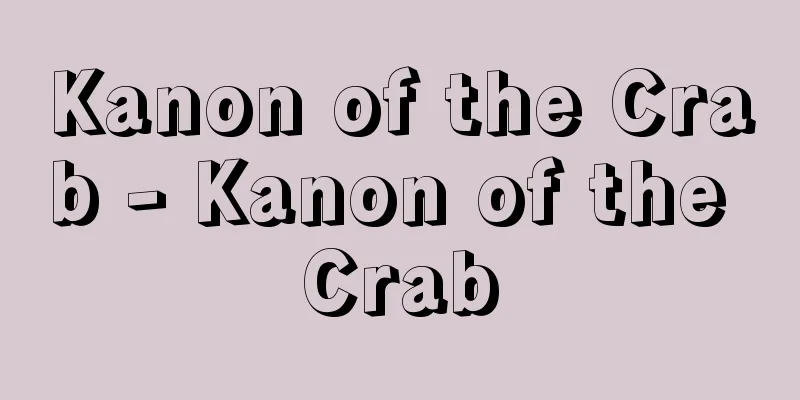New land survey - Shindenkenchi

|
Land surveys were conducted to incorporate newly developed fields into the village tax. During the Edo period, many new fields appeared due to large-scale development of mountains, fields, marshes, and beaches, as well as the development of land surrounding the main village and land attached to the main fields. However, these new fields were not initially surveyed, so the feudal lords surveyed them in order to survey them and tax them. This is called a new land survey. It is sometimes called a new land survey only for surveys of new fields conducted after the establishment of the New Land Survey Law in 1726 (Kyoho 11). The method of surveying new fields was often a round survey (drawing a map of the perimeter of the fields and calculating the amount of land). Even after surveying new fields, it was expensive to develop them and the harvest was less than that of the main fields, so it was common to exempt them from tax for three years after development, keep the grade low, and impose a light annual tax. This is called the "kuwashita-nenki" (tenure on land under the shovel). [Mitsuru Miyagawa] [Reference item] |Source: Shogakukan Encyclopedia Nipponica About Encyclopedia Nipponica Information | Legend |
|
開発された新田を高請(たかうけ)(村高に編入)するための検地。江戸時代には山野、沼沢、海浜などの大規模な開発や、本村の周辺地、本田畑(ほんでんぱた)の付随地などの切添(きりぞえ)開発により、多くの新田が出現したが、それらの新田は初め高請されていないから、領主は高請して課税するため検地した。これが新田検地である。1726年(享保11)の新田検地条目制定以降の新田の検地に限り、新田検地という場合もある。新田検地には廻(まわり)検地(田畑の周囲を絵図に書いて反別を算出する)の方法が多く用いられた。高請しても新田は開発に多くの経費を要し、収穫が本田より少なかったから、開発後3年間は免税とし、等級も低く押さえて軽い年貢を課すのが常であった。これを鍬下年季(くわしたねんき)とよぶ。 [宮川 満] [参照項目] |出典 小学館 日本大百科全書(ニッポニカ)日本大百科全書(ニッポニカ)について 情報 | 凡例 |
<<: Articles of the New Land Survey
>>: New rice field development
Recommend
Kosaza [town] - Kosaza
A former town in the west of the Kita Matsuura Pen...
Heliopolis (Cairo) (English spelling) Heliopolis
...The role of Cairo radio and Egyptian films was...
kpc
…The absolute magnitude, which indicates the lumi...
Water Pollution Prevention Law - Suishitsoodakuboushiho
This law (promulgated in 1970 and put into force i...
Collection of Poems of Martyrdom
Sato Haruo's first collection of poems. Publi...
Air Pollution Control Law - Taikiosenboushiho
This law regulates the emission of smoke and dust...
Ikari Teikyo - Ikari Teikyo
...A comic writer from the late Edo period. His r...
Civil War during the reign of Emperor Keitai and Emperor Kinmei
This civil war is thought to have broken out over ...
"Shrimp Japanese-English Triple Dictionary" - Kawaei Santaisho
…He also established the Batchelor School and con...
Paper
...It is mixed into the coating materials for pla...
chromaticism
…The chromatic scale has a long history, and was ...
Annenkov, Yurii Pavlovich
Born: July 23, 1889, Petropavlovsk, Kamchatka [Die...
English pointer
…In Japan, the two types of dogs commonly referre...
Japanese weasel (English spelling)
...A mammal of the Mustelidae family in the carni...
Pepin, PT (English spelling) PepinPT
…Furthermore, E. Lucas found that p ≡1 (mod 2 n +...









